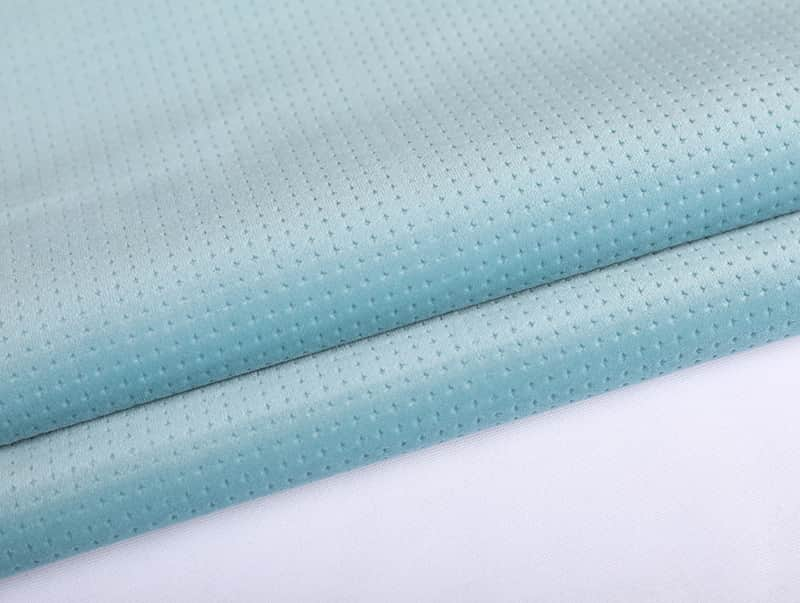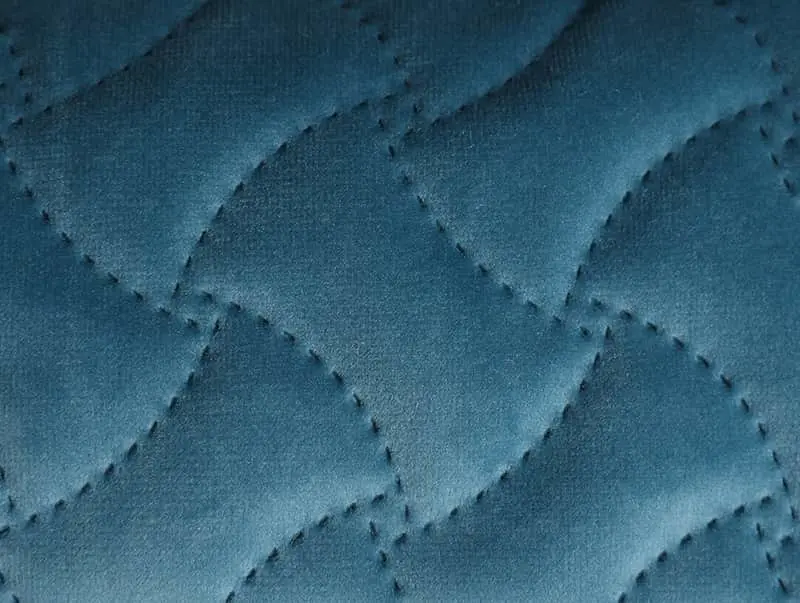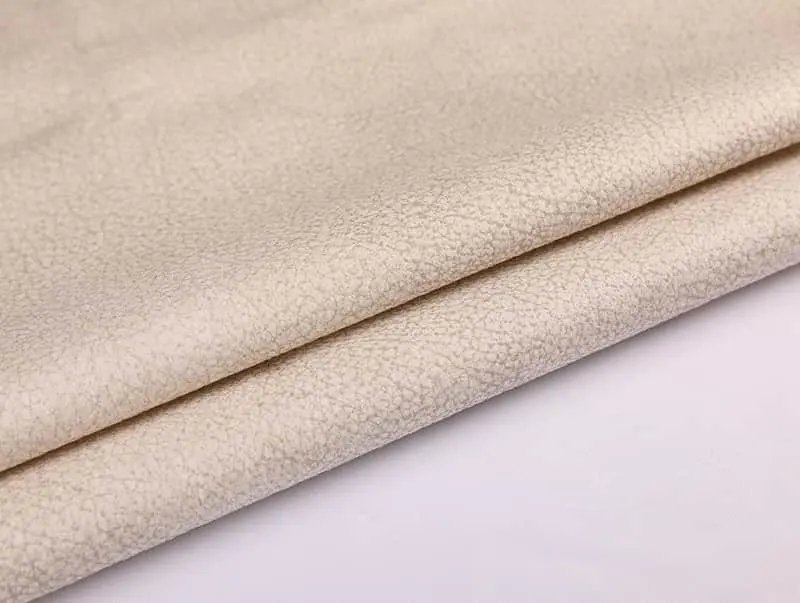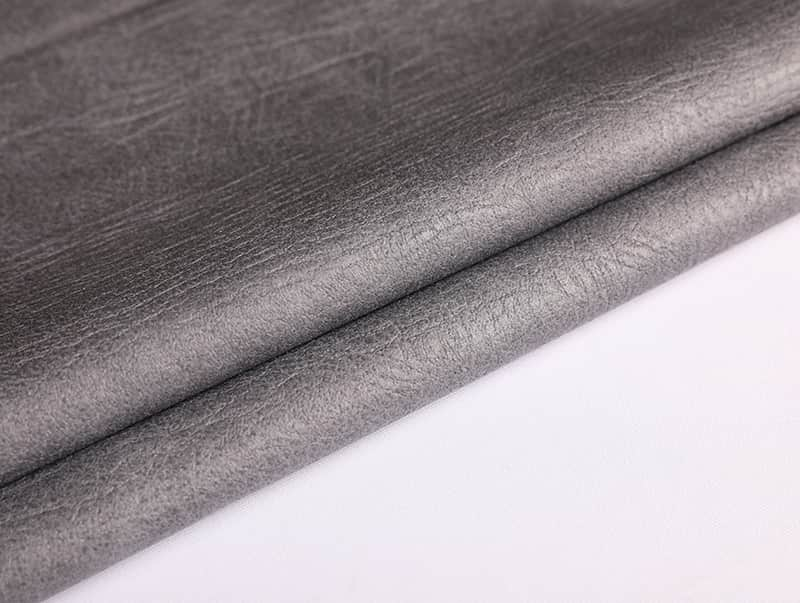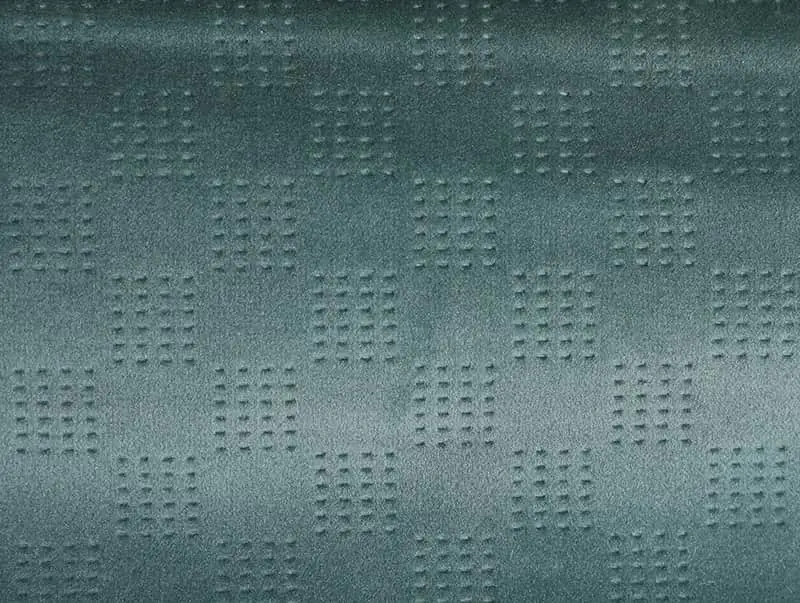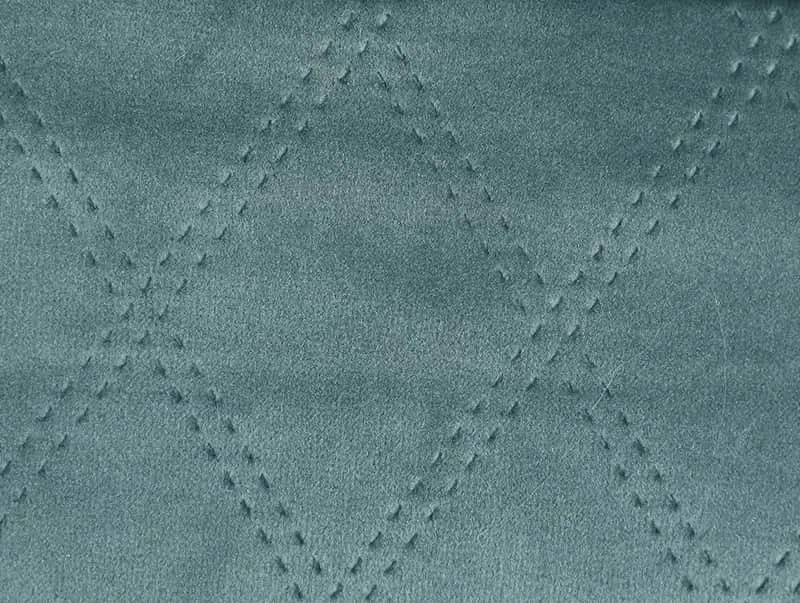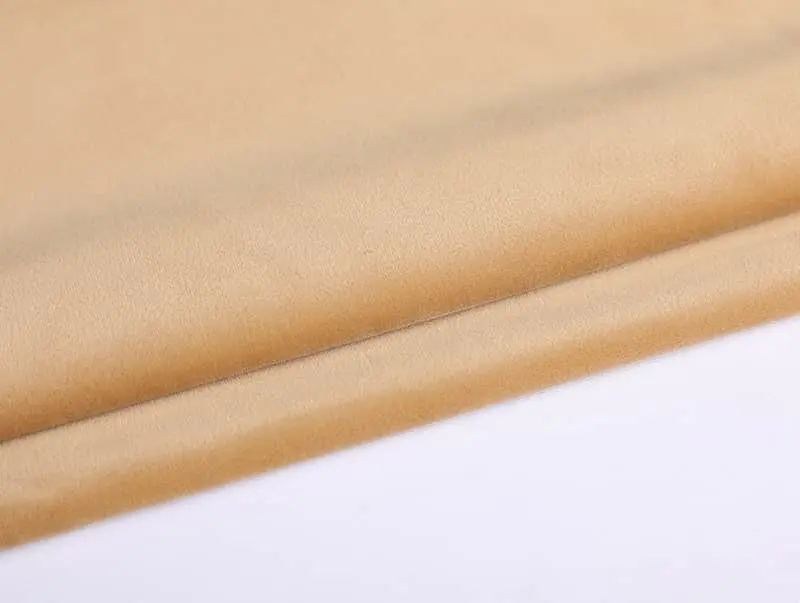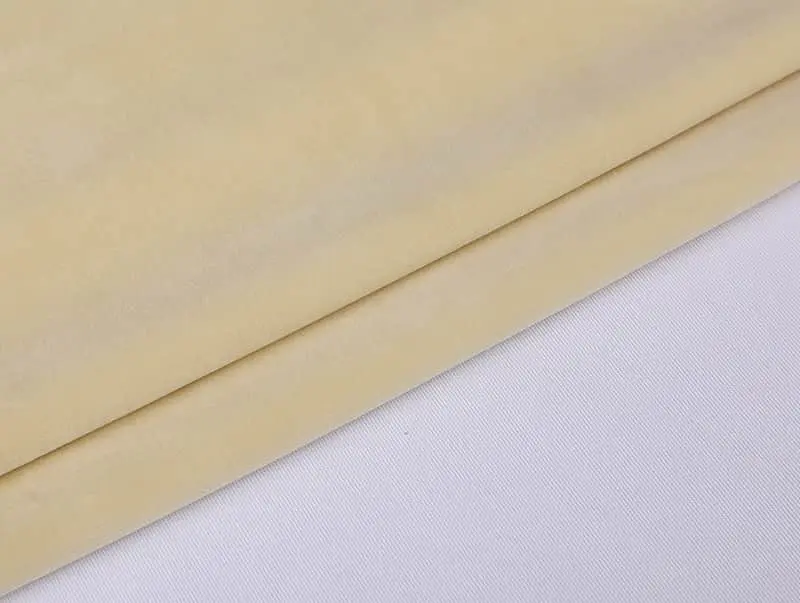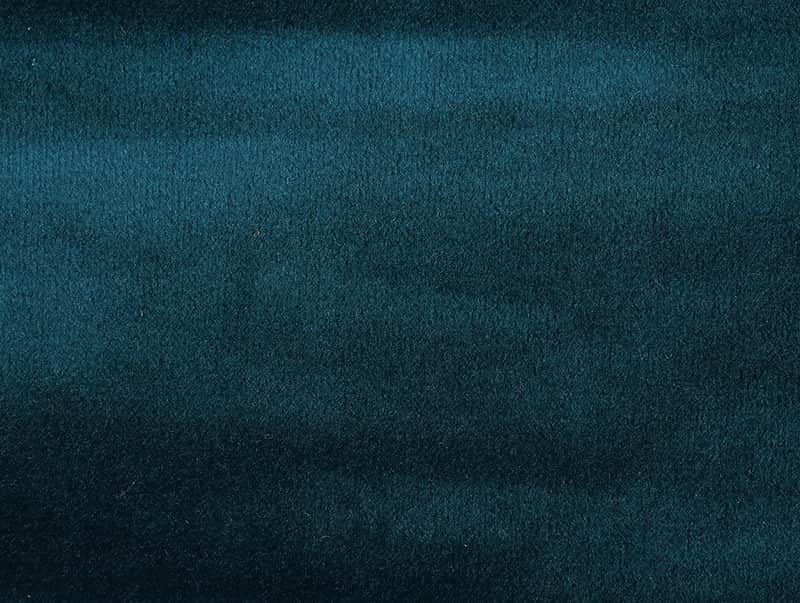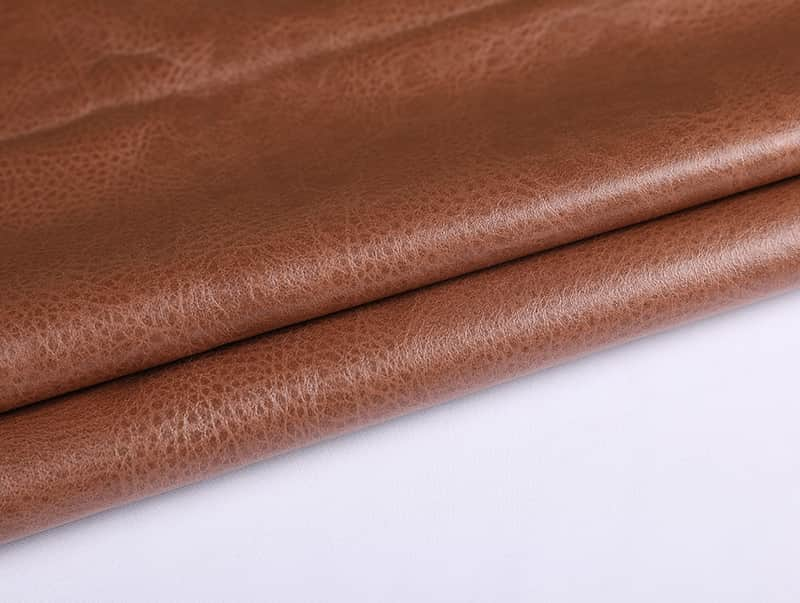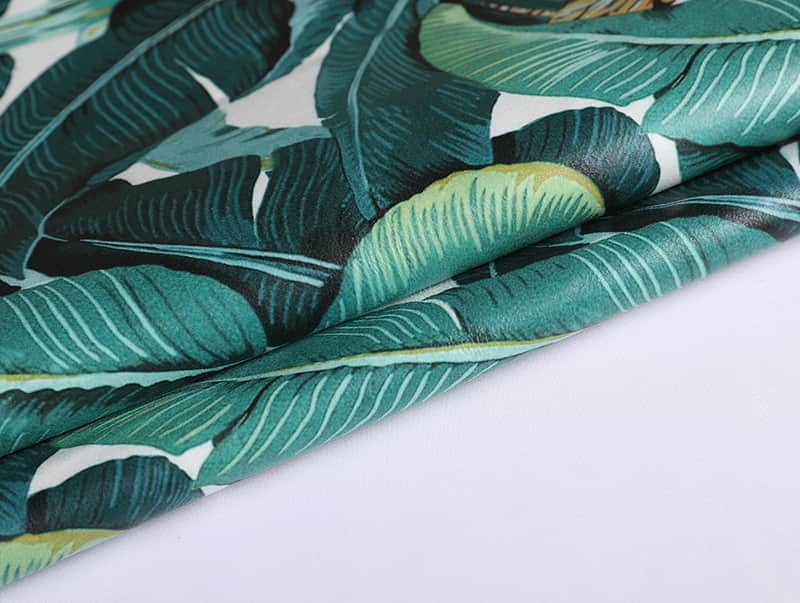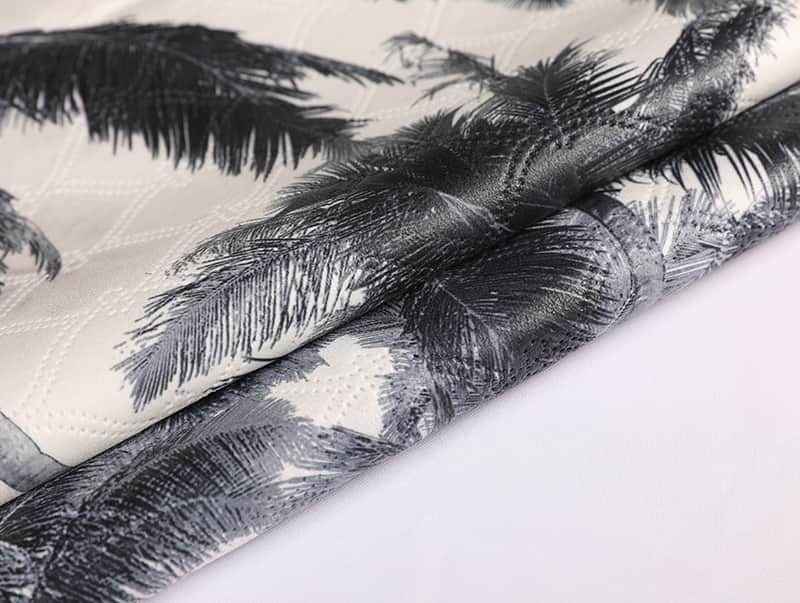Sofa velvet fabric offers several benefits that make it a popular choice for upholstery. Here are some key benefits of using sofa velvet fabric:
Luxurious Appearance: Velvet fabric is known for its luxurious and elegant appearance. It has a soft, smooth, and plush texture that adds a touch of sophistication and opulence to any sofa. The unique sheen and depth of color of velvet can create a visually striking and inviting look in a room.
Comfortable and Soft: Velvet fabric is incredibly soft and comfortable to the touch. Its plushness provides a cozy and inviting seating experience. The fabric's softness enhances the overall comfort of the sofa, making it a desirable choice for lounging and relaxation.
Durability and Longevity: Velvet fabric, especially high-quality varieties, is known for its durability and longevity. When properly cared for, it can withstand regular use and maintain its appearance over time. Velvet upholstery fabrics with a high rub count and tight weave offer increased durability, making them suitable for heavily used sofas.
Insulation: Velvet fabric offers insulation properties. It can help to retain heat during colder seasons, making the sofa feel warmer and more comfortable. Conversely, in warmer weather, the fabric's dense pile can provide a cooling effect, preventing the sofa from feeling too hot.
Resistance to Wrinkles: Velvet fabric is relatively resistant to wrinkles and creases. Unlike some other upholstery materials, velvet tends to retain its smooth and unwrinkled appearance, even with regular use. This characteristic helps the sofa maintain a neat and well-groomed appearance.
Variety of Colors and Patterns: Sofa velvet fabric is available in a wide range of colors, shades, and patterns. This versatility allows for greater design flexibility, as you can choose a color that complements your existing decor or opt for bold and vibrant hues to make a statement. Additionally, patterned velvet fabrics can add visual interest and texture to the sofa.
Sound Absorption: Velvet fabric has sound-absorbing properties, which can help reduce noise in the room. The dense pile of fabric absorbs sound waves, minimizing echoes and creating a quieter and more peaceful environment.
Easy to Clean: Contrary to popular belief, modern velvet fabrics are often easy to clean and maintain. Many velvet upholstery fabrics are treated with stain-resistant finishes, making them more resistant to spills and stains. Regular vacuuming and occasional professional cleaning can help keep the sofa's velvet fabric looking fresh and clean.
Meanwhile, The production steps of sofa velvet fabric involve several processes, including weaving, dyeing, and finishing. Here is a general overview of the production steps:
Yarn Preparation: The step in the production of sofa velvet fabric is preparing the yarns. Yarns made from natural fibers like cotton or synthetic fibers like polyester are spun, twisted, and processed to create the desired thickness and quality.
Weaving: The prepared yarns are then woven together on a loom to create the base fabric. In the case of velvet fabric, a special weaving technique called "pile weave" is used. In this technique, additional warp yarns are introduced during the weaving process, which creates extra loops or piles on the surface of the fabric.
Pile Formation: After the base fabric is woven, the pile is formed. This involves cutting the loops created during the weaving process to create a soft, raised surface. The pile height can vary depending on the desired thickness and texture of the velvet fabric. This step is crucial in achieving the distinctive velvet look and feel.
Dyeing: Once the pile is formed, the fabric goes through a dyeing process to add color. The fabric is immersed in dye baths or subjected to dye application techniques to achieve the desired hue. Dyeing may involve multiple stages and can be done using various methods such as vat dyeing, continuous dyeing, or printing techniques.
Finishing: After dyeing, the fabric undergoes various finishing processes to enhance its appearance and performance. These processes may include steaming, brushing, or shearing. Steaming helps set the pile and improve the fabric's drape while brushing helps to create a uniform and smooth pile surface. Shearing involves trimming the pile to a uniform height, ensuring a consistent and luxurious look.
Backing: In some cases, sofa velvet fabric may undergo a backing process. A backing material, such as woven or non-woven fabric, is attached to the back of the velvet fabric. This backing provides stability, and reinforcement, and helps prevent stretching or distortion of the fabric.
Inspection and Quality Control: Throughout the production process, the fabric is inspected to ensure it meets quality standards. This involves checking for any flaws, color inconsistencies, or defects and making necessary adjustments or corrections.
Final Preparation: Once the fabric passes inspection, it is rolled onto bolts or packaged for shipment or further processing. Proper packaging and protection are essential to maintain the quality and appearance of the fabric during transportation and storage.


